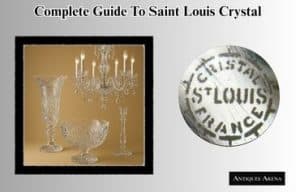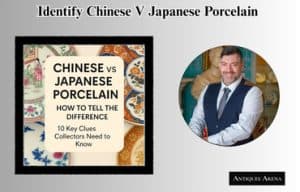
Profit Over Volume: Website V eBay Sales
Selling antiques doesn’t require fast turnover to be profitable. This article explains why a 0.18% daily sell-through rate can outperform high-volume eBay selling once you remove marketplace fees, control your pricing, and keep 99% of each sale through your own website.








